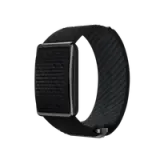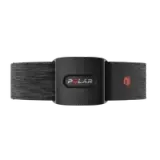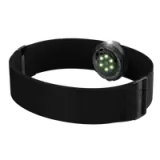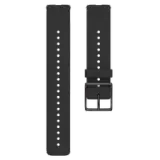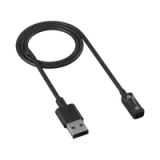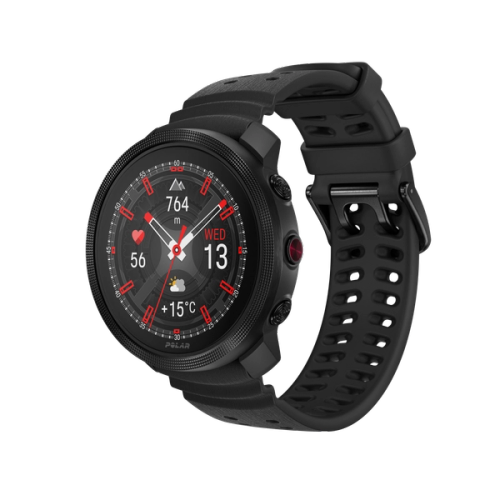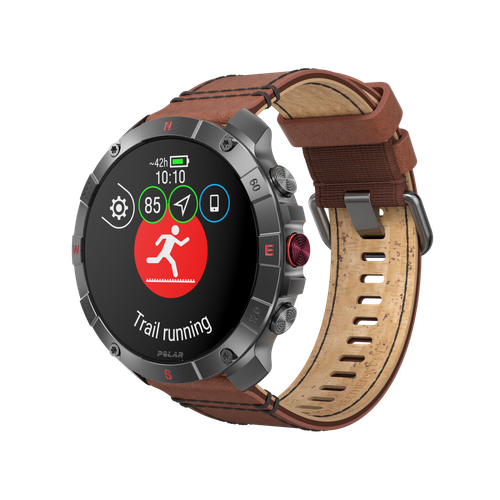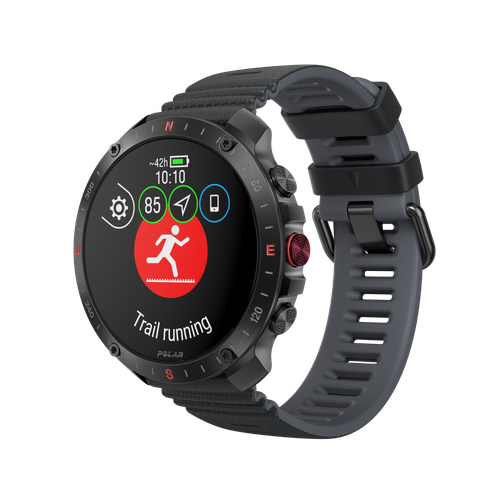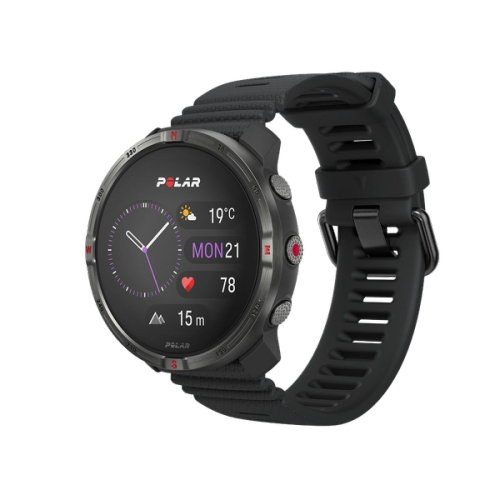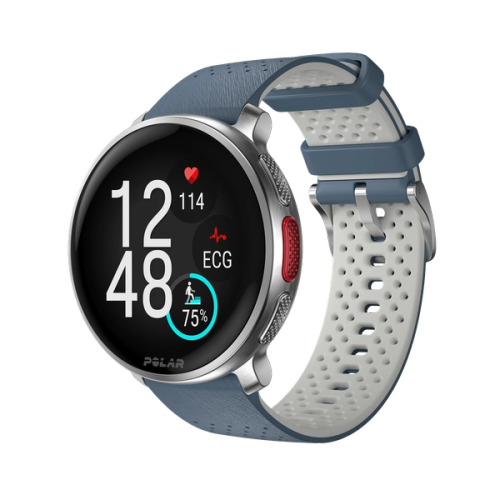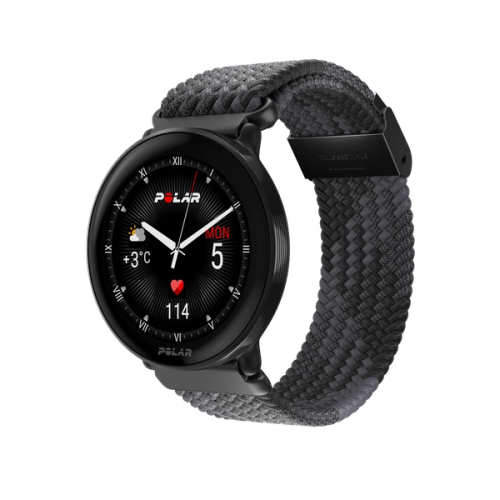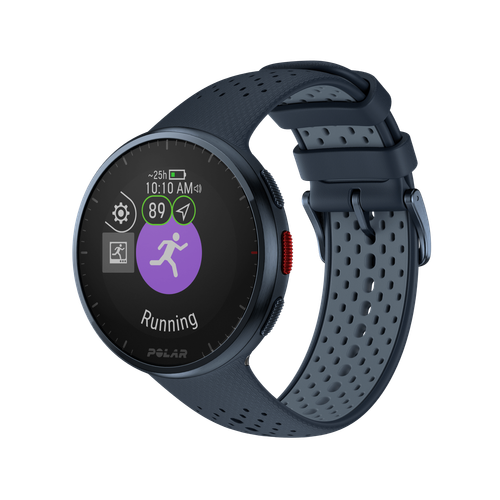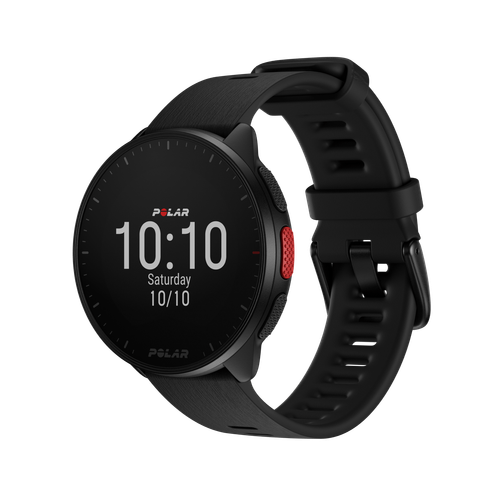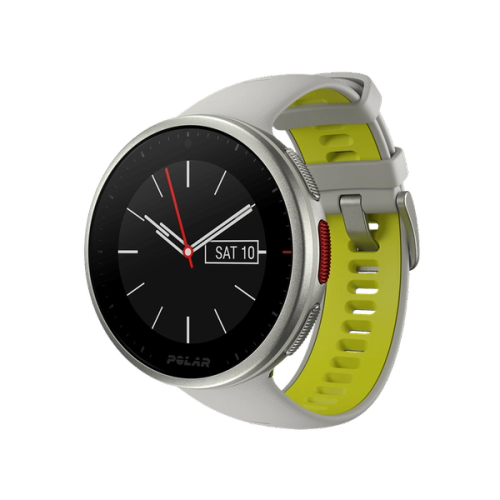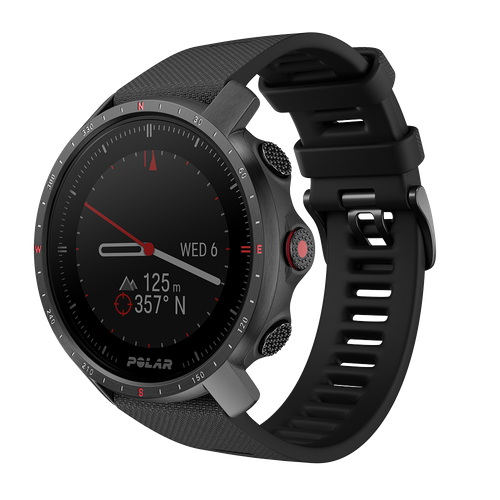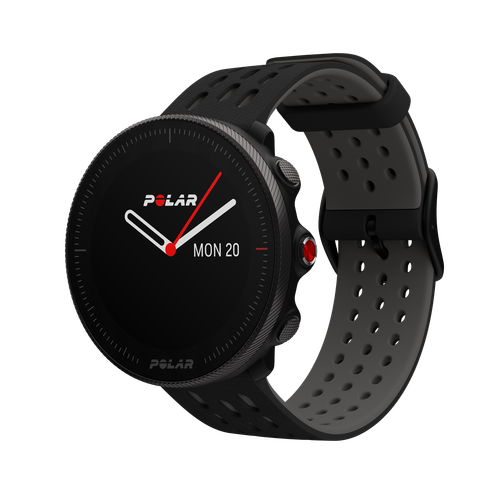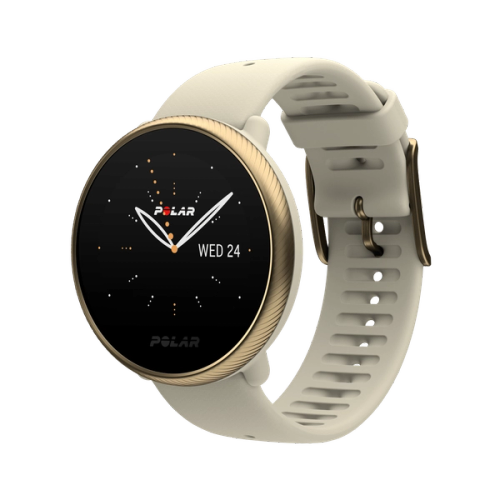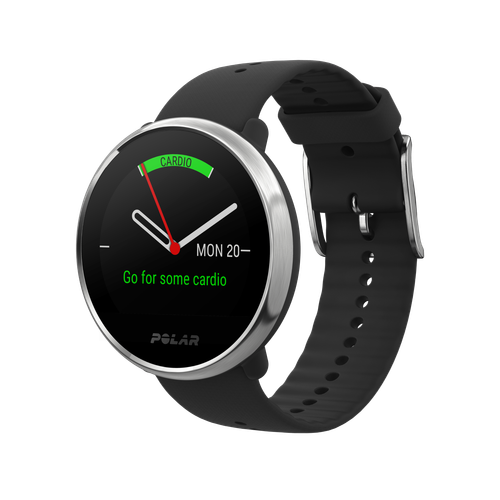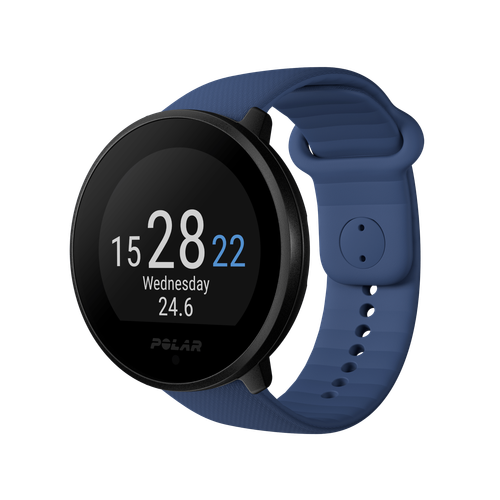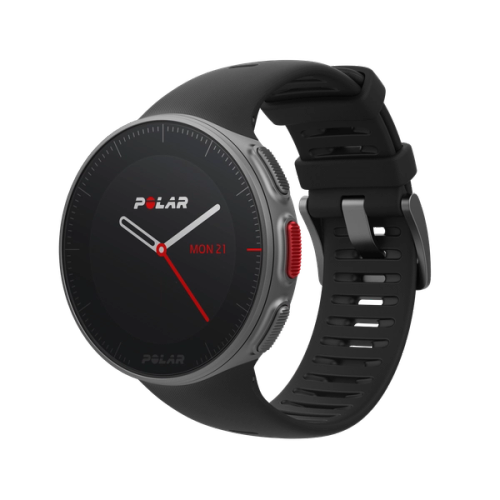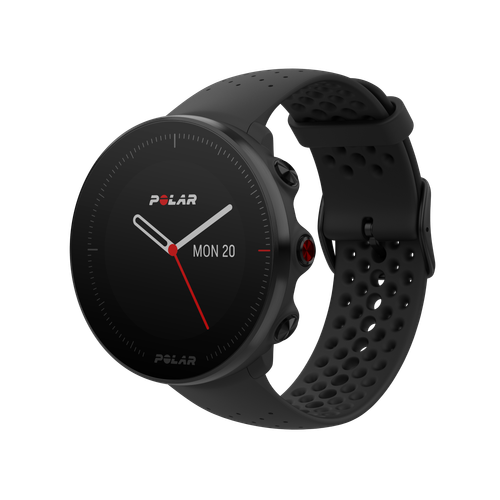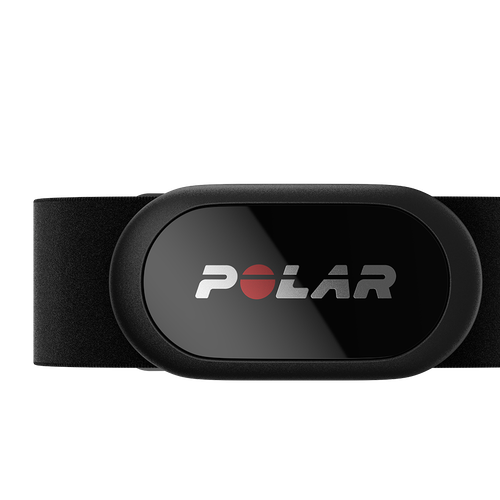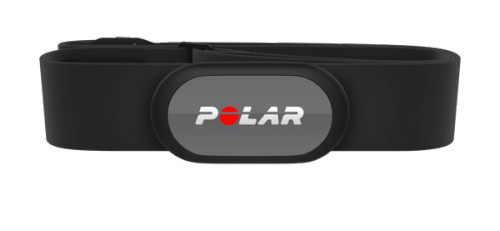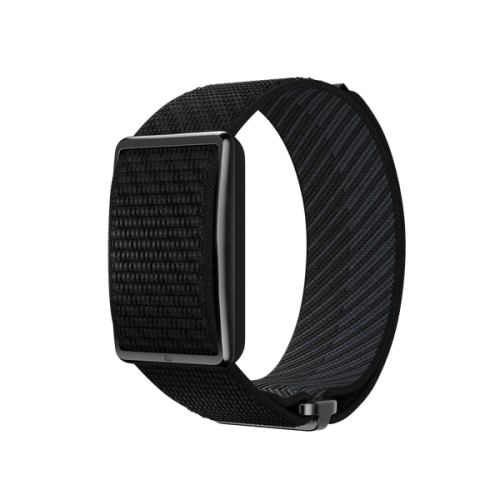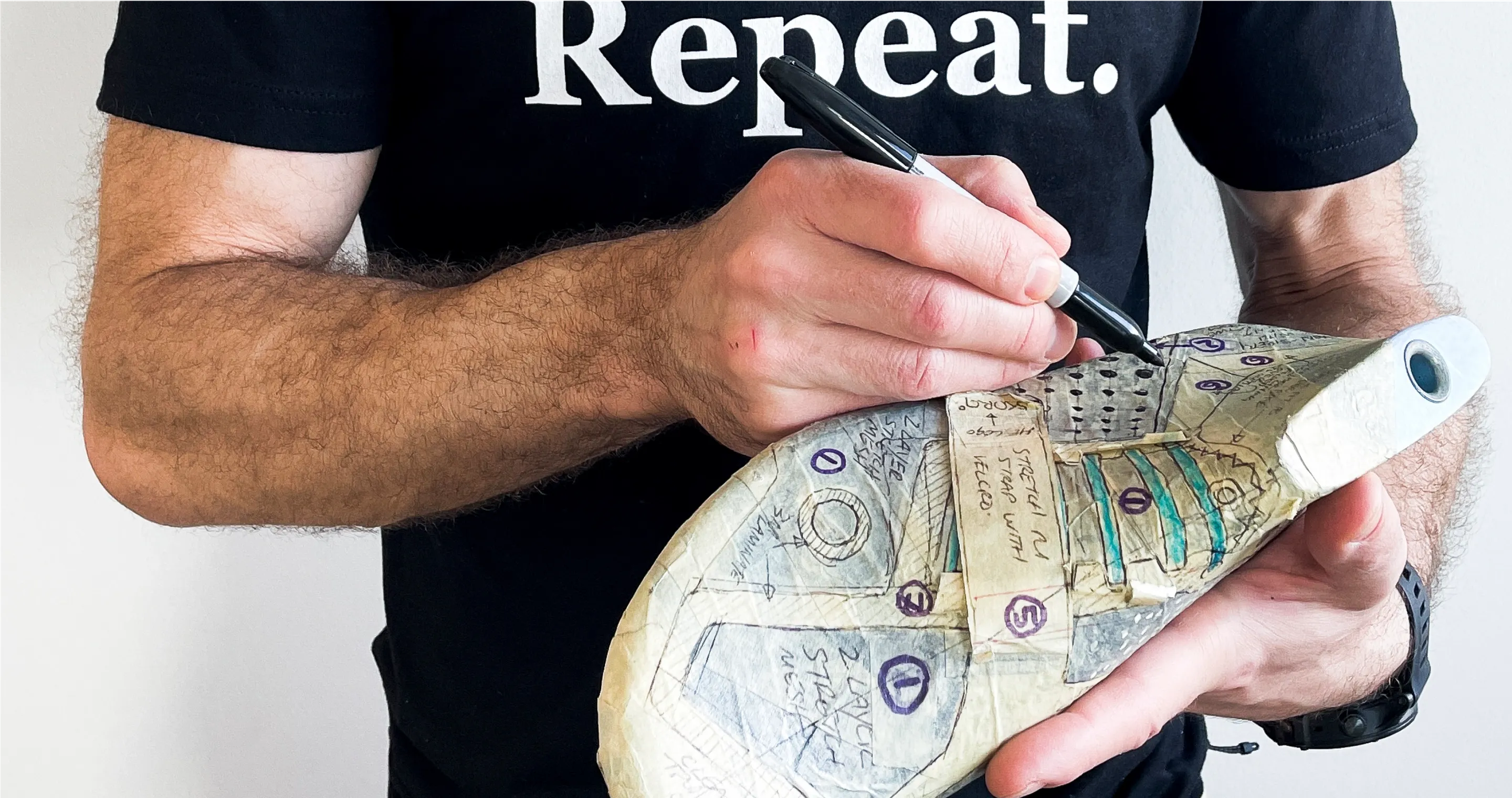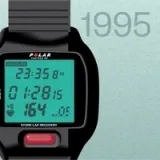The evolution of running shoes is a testament to human innovation and our relentless pursuit of athletic excellence. Designer Richard Kuchinsky walks us through 100 years of running shoe progression, from the minimal leather flats of the early 20th century to today's high-tech marvels incorporating aerospace-grade foams and carbon fiber plates.
For the uninitiated, they’re just sneakers—simply comfortable shoes that come in a variety of quirky colors. But for those who lace them up day after, mile after mile, running shoes are so much more. They’re our silent partners in pain and triumph, the thin—and lately, not so thin—layer of innovation separating us from the unforgiving pavement, absorbing the punishing impact of each stride. They propel us forward, both literally and metaphorically, toward new personal bests and unforeseen horizons.
A runner’s relationship with their shoes is intimate, bordering on scared. Beyond their practical function, these carefully engineered pieces of gear often become a statement of identity—a reflection of our aspirations, our training philosophy, and sometimes our willingness to embrace the cutting edge of sports technology with the hope of shaving precious seconds off our personal bests.
Years ago, a pair of clunky sneakers was all amateur runners needed whether they were racing a 10k or tackling the marathon. Today, the closets of the truly dedicated resemble a specialized armory. There are the reliable workhorses – those daily trainers that shoulder the burden of easy miles and recovery runs. Nestled beside them, you might find a pair of lightweight speed demons, reserved for interval sessions on the track. And then, treated with near-reverence, sit the latest "super shoes”. Each pair has a purpose.
“As a runner and a shoe designer, what I try to think about first is the runner’s experience. How will the shoes feel after many miles? For example, a pair of shoes will feel very different at the beginning of a marathon than how it feels after 20 miles. It's easy to get caught up in technology, materials, or how a shoe feels in the store. But for me, a shoe's success is determined by how it performs over many long runs and miles. Every little change or choice of material can affect how the shoe feels, so it’s important to always keep the running experience in mind.”

"As a runner and a shoe designer, what I try to think about first is the runner’s experience. How will the shoes feel after many miles?" — Richard Kuchinsky, Running Shoe Designer
In this world where every ounce and millimeter of foam can make a difference, few figures loom larger than the running shoe designer. And perhaps none embodies this role more fully than Richard Kuchinsky, a man boasting two decades of shoe design experience and more than 100 unique models and many more concepts. His personal journey from couch to sub-3 marathoner and Boston qualifier has revolutionized his approach to crafting the perfect running shoe.
At 46, Kuchinsky is a living testament to the products he creates. His bushy, salt-and-pepper beard lends him an air of seasoned wisdom, while his body speaks to a lifetime dedicated to the sport he loves. On his social media feed, he shares a carefully curated blend of professional insights, as founder of The Directive Collective design studio, and inspiring training sessions breakdowns. Currently chasing a sub 2:50 personal marathon, this fusion of personal passion and professional expertise has become Kuchinsky's signature.

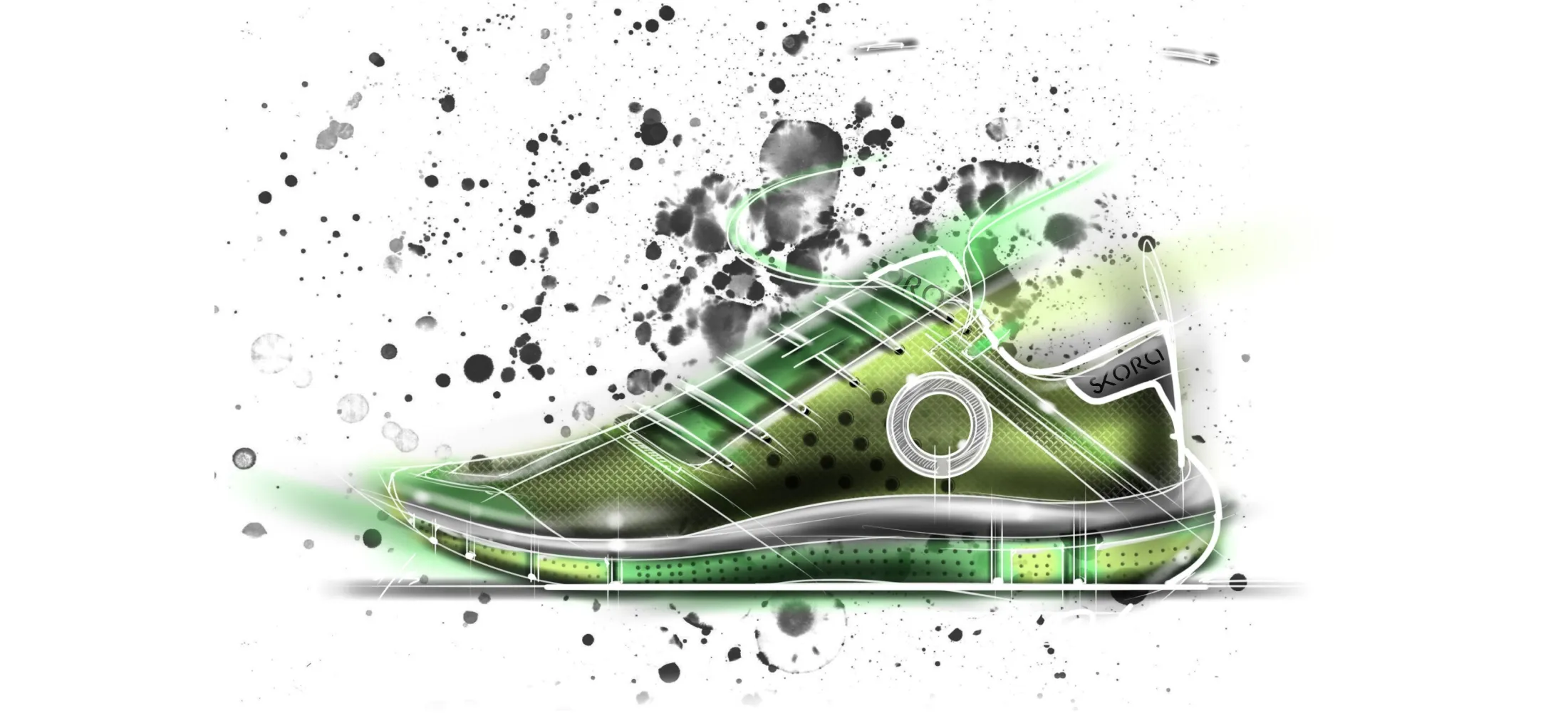
From leather shoes to carbon plates
More than fashion and style, the evolution of the running shoe is marked by technical innovation and the development of new synthetic materials. Each innovation has not only aimed to improve comfort, but also to push the boundaries of what’s possible in running performance.
"The first shoes made for running, back at the end of the 19th century, were made of leather," explains Kuchinsky. “Pioneers like J.W. Foster crafted the first running shoes, which essentially looked like dress shoes with little metal spikes on the bottom. But, as it happens today, they used the best material available at the time, and that was leather."
In the early 1900s, running shoes began to diverge from their dress shoe-like predecessors. Manufacturers started using softer, more flexible leather and experimenting with rubber soles for better traction and durability and the first major innovation arrived. The advent of vulcanized rubber in the 1920s allowed for softer, more comfortable, and resilient shoes.
In the following decades, the athletic footwear industry flourished. Brands like Converse thrived with their basketball shoes, while the Dassler brothers rose to fame by making leather track shoes in the 1930s—most notably the 1936 track spikes worn by Jesse Owens at the Berlin Olympics. Their later feud led to the creation of two iconic sports brands: Adidas and Puma.
The next major advancement came in the 1960s and 1970s when brands like Nike and Asics began experimenting with synthetic uppers, using materials like nylon and various meshes. This innovation, combined with the introduction of injection-blown rubber, made running shoes lighter and more efficient than ever before.
That was the time when the running boom took off, drawing countless new enthusiasts to the sport and packing marathon starting lines like never before. Simultaneously, the footwear industry was undergoing its own revolution, as cutting-edge materials and innovative manufacturing techniques reshaped the design of running shoes, meeting the growing demands of athletes.
The introduction of advanced foam technologies, such as EVA foam, revolutionized the running shoe midsole, becoming a critical factor in determining overall performance, durability, and comfort. These new foams provide enhanced cushioning and energy return, allowing runners to go longer distances with less fatigue.
undefined

Polar Vantage V3
Premium Multisport Watch
An ensemble of biosensing instruments, AMOLED display, dual-frequency GPS, maps, and the most comprehensive suite of training and recovery tools on the market. The stage is set, and the Polar Vantage V3 smart sports watch is ready to put in the performance of a lifetime.
The era of super shoes
Today, the incorporation of carbon plates in running shoes is one of the most talked-about innovations in the industry. These lightweight, rigid plates, often embedded in the midsole, help runners maintain speed and reduce fatigue over long distances.
“There’s more to super shoes than just the carbon plate,” says Kuchinsky. “It’s a combination of many elements. What most people call a super shoe is the combination of a carbon plate with super foam—such as PEBA, TPU, or nitrogen-injected EVA. In reality, the carbon plate is there to support the foam. It’s a chicken-and-egg situation, really.”
This new generation of foams has led to the development of high-stacked designs, characterized by thick midsoles that offer enhanced cushioning. Like running on clouds, the extra cushioning protects the musculoskeletal system from the repetitive impact of running. “More foam saves the legs. My running coach, who was an Olympic marathoner, often tells me that it’s not that the racing flats of 15–20 years ago were necessarily worse, but your legs would be dead after a marathon in them”, the designer continues. “Your legs would hurt. That’s the big difference today—not just that super shoes might make you faster.”
"Often, the best way to begin a design is by looking back at the past." — Richard Kuchinsky, Running Shoe Designer
125 years of running shoe design
For today’s designers, 125 years of running shoe design offer an incredible source of inspiration and insight. The rich history of footwear innovation showcases how trends evolve and how past designs influence modern aesthetics and functionality.
“Often, the best way to begin a design is by looking back at the past. There are likely valuable ideas that, at the time, weren’t feasible due to technological limitations in manufacturing”, explains Kuchinsky. “I have huge bins full of shoes, new and old. I also have a giant bookshelf with magazines, some going back to the 1950s. And my computer has 45,000 photos of running shoes. I look back often.”
The next big thing
Modern running shoes have played a significant role in bringing athletes closer to breaking the unthinkable sub-2-hour marathon barrier and extending the boundaries of human endurance. Such a feat, once thought impossible, is not just a dream, but a realistic goal on the horizon. As a result, we can't help but wonder what innovations lie ahead in running shoe design. What will be the next technological advancement that will elevate our running performance?
“I think the future of running shoe innovation definitely lies in material science. I also believe that significant advancements will come from production processes. This is an intriguing idea to me”, says Kuchinsky.
Though predicting the future is always a challenging endeavor, Kuchinsky envisions a world where running shoes are extremely personalized. "My foot is different from your foot, and my gait is different from your gait, so why should we be wearing the same running shoe?”, he proposes.
The scalability of this idea might still be questionable, but production techniques such as 3D printing already hint at this possibility, potentially bringing the evolution of running shoes full circle. “100 years ago, when running shoes were made of leather, production was small, so they probably measured the foot of each runner and provided a perfect fit. Maybe that's the future,” Kuchinsky concludes.
Enjoying this article? Subscribe to Polar Journal and get notified when a new Polar Journal issue is out.
Subscribe
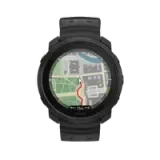 Polar Vantage M3
Polar Vantage M3
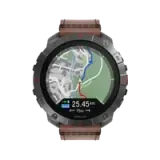 Polar Grit X2 Pro Titan
Polar Grit X2 Pro Titan
 Polar Grit X2 Pro
Polar Grit X2 Pro
 Polar Grit X2
New
Polar Grit X2
New
 Polar Vantage V3
Polar Vantage V3
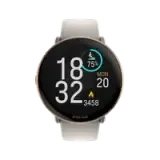 Polar Ignite 3
Polar Ignite 3
 Polar Ignite 3 Braided Yarn
Polar Ignite 3 Braided Yarn
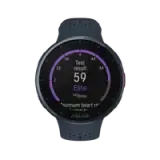 Polar Pacer Pro
Polar Pacer Pro
 Polar Pacer
Polar Pacer
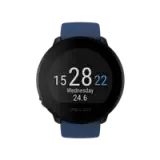 Polar Unite
Grit X Series
Vantage Series
Pacer Series
Ignite Series
Polar Unite
Grit X Series
Vantage Series
Pacer Series
Ignite Series
